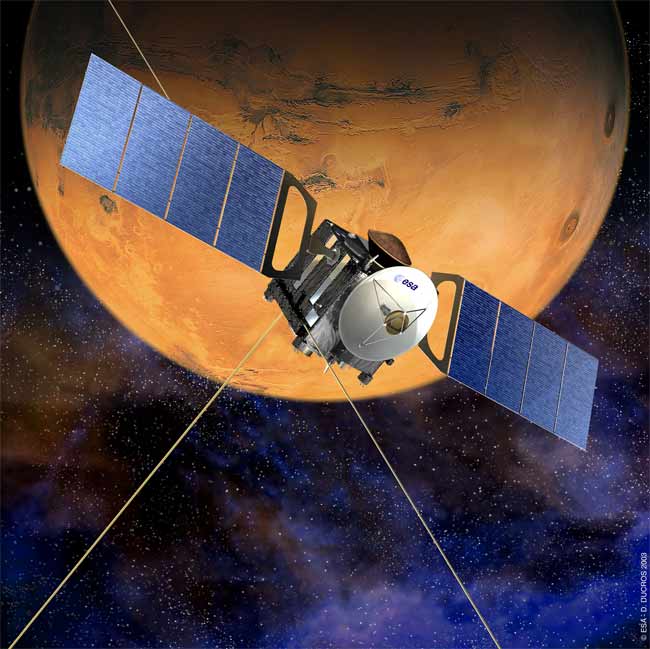New Device Could Solve Mars Methane Mystery

With the detection a few years ago
Methane was the first organic
[Today, scientists announced a fresh analysis of the data, again speculating that the methane could indicate biological activity on Mars.]
"On Earth most of the methane
Although it is possible that similar
Onstott and his colleagues are
Out-sourcing methane
Get the Space.com Newsletter
Breaking space news, the latest updates on rocket launches, skywatching events and more!
Methane was discovered on Mars in
Although the amount of Martian
"In order for methane to be
Onstott estimates that this
What could be generating methane at
Abiogenic methane is made under the
The methane may come out directly
The other main alternative is that
"Enzymes are capable of
Biogenic methane-production could be
Light eaters
There is a way to determine the
The building blocks of methane
"Enzymatic processes work
In the case of methanogens, they
The result is that biogenic methane
One confounding factor is that
However, Onstott thinks that
Give it a ring
There are in general two ways to
The alternative is to use an optical
The Mars Science
For this reason, he and his
The cavity's walls are partially
The time it takes for ring down is a
Although the CRDS is a mature technology,
The goal now is to make the instrument
"We plan to make modifications
Join our Space Forums to keep talking space on the latest missions, night sky and more! And if you have a news tip, correction or comment, let us know at: community@space.com.

Michael Schirber is a freelance writer based in Lyons, France who began writing for Space.com and Live Science in 2004 . He's covered a wide range of topics for Space.com and Live Science, from the origin of life to the physics of NASCAR driving. He also authored a long series of articles about environmental technology. Michael earned a Ph.D. in astrophysics from Ohio State University while studying quasars and the ultraviolet background. Over the years, Michael has also written for Science, Physics World, and New Scientist, most recently as a corresponding editor for Physics.









